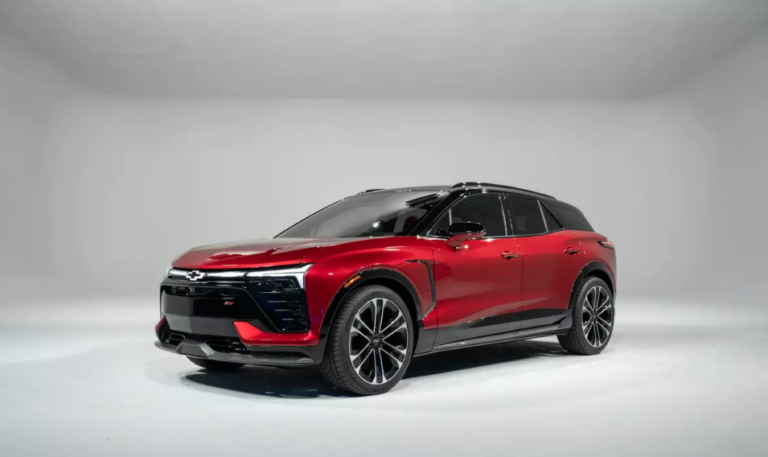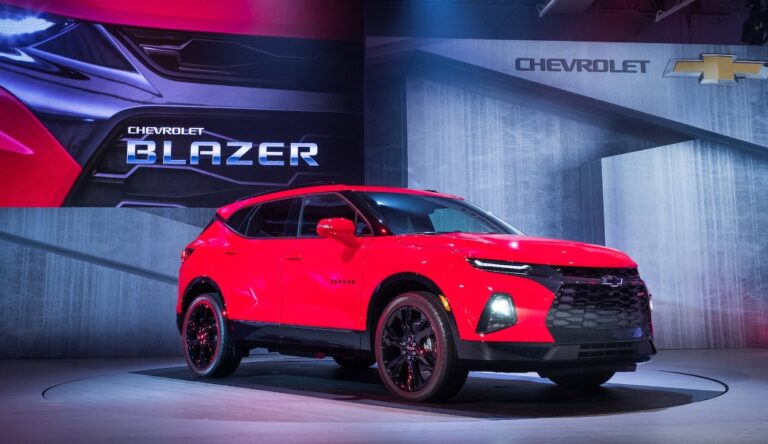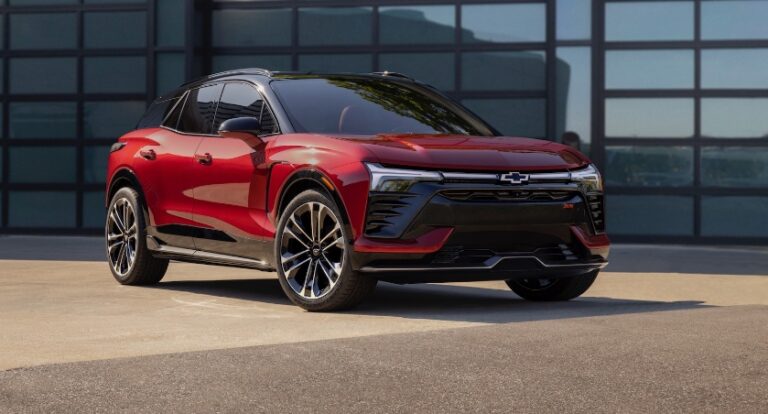New 2026 Chevrolet Blazer Redesign, Price, Interior
New 2026 Chevrolet Blazer Redesign, Price, Interior – It’s not always easy being the middle child, as the New 2026 Chevrolet Blazer can attest. In size and price, it sits between the smaller Equinox and three-row Traverse, both of which usually outsell it. But the Blazer has points in its favour, especially its driving performance, and shoppers should give it a closer look.
It comes in four trim levels, starting with a base four-cylinder LT in front-wheel drive (FWD). I had the LT with its optional V6 and all-wheel drive (AWD), starting at $42,893 including a non-negotiable delivery charge of $1,900. My tester was further equipped with packages and stand-alone options that brought it to $46,603 before taxes.
New 2026 Chevrolet Blazer Redesign and Update Plan
Exterior and Interior
The base LT includes items such as 18-inch wheels, automatic headlights, automatic high-beam control, an eight-way power driver’s seat, eight-inch touchscreen, dual-zone automatic climate control, and heated seats – although that last feature was missing from my tester due to microchip shortages, with a cash discount for now and future retrofitting when the chip supply ramps back up.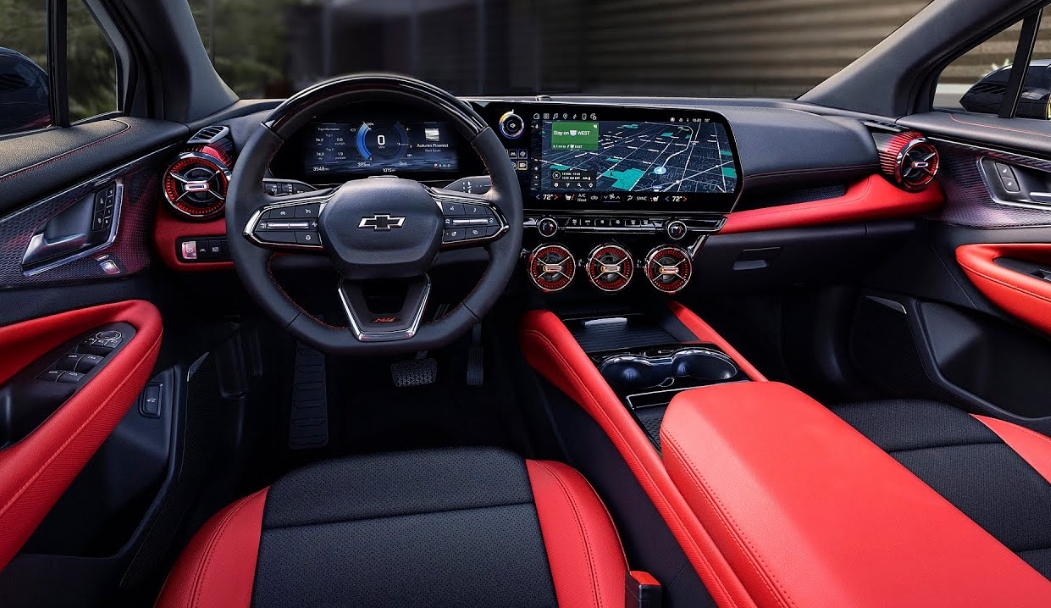
The LT Plus Package added a power tailgate, integrated garage door opener, roof rails, blind-spot monitoring, auto-dimming mirrors, and rear parking sensors – that last one also a retrofit when chips are available. The LT’s standard four-cylinder was also swapped for a V6 in this tester for $595. If you’re going the V6 route, you might want to look at the next-step-up True North. It comes only with the six-cylinder, has all of the LT Plus features, and for $1,410 more than a V6 LT Plus, you also get floor and cargo liners, six-way power passenger seat, leather upholstery, and a leather-wrapped wheel.
New 2026 Chevrolet Blazer Specs
The Blazer’s centre stack manages to look uncluttered while still maintaining buttons and dials for most functions. However, most of the climate control buttons are small, and if you sit high in the driver’s seat – as I do because I’m short – they can be hard to see because they’re under a lip in the dash. But the Camaro-style vents are brilliant, as they’re easy to adjust even with gloves on; you simply turn their bezels to adjust the temperature.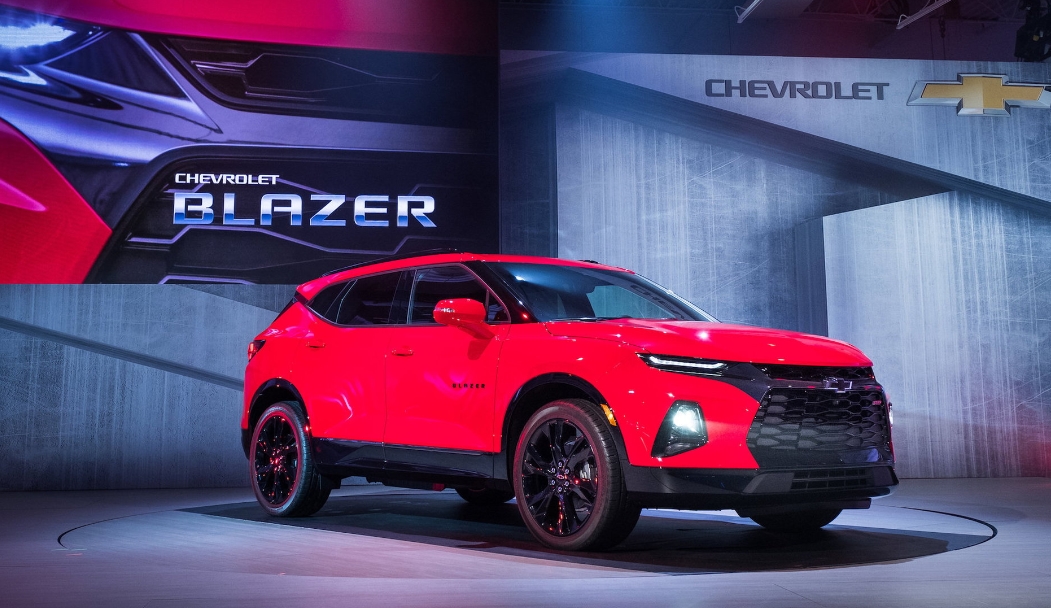
It’s easy to get in and out, thanks to wide-opening doors and a fairly low sill, but cargo access isn’t quite as simple, with a smaller hatch opening and high liftover. It isn’t impossible, of course, but some competitors do a much better job.
Engine and Performance
The base engine is a turbocharged 2.0L four-cylinder, making 228 hp and 258 lb-ft of torque. It’s the only choice in the LT FWD, and the standard powerplant in the LT AWD. For an extra $595, my LT AWD was optioned with the 3.6L V6 that’s standard with all other trims. It makes 308 hp and 270 lb-ft of torque, and it would be my choice for its smooth strength, as well as the simplicity of a non-turbo engine over long-term ownership. Both engines use a smooth-shifting, nine-speed automatic transmission. New 2026 Chevrolet Blazer Redesign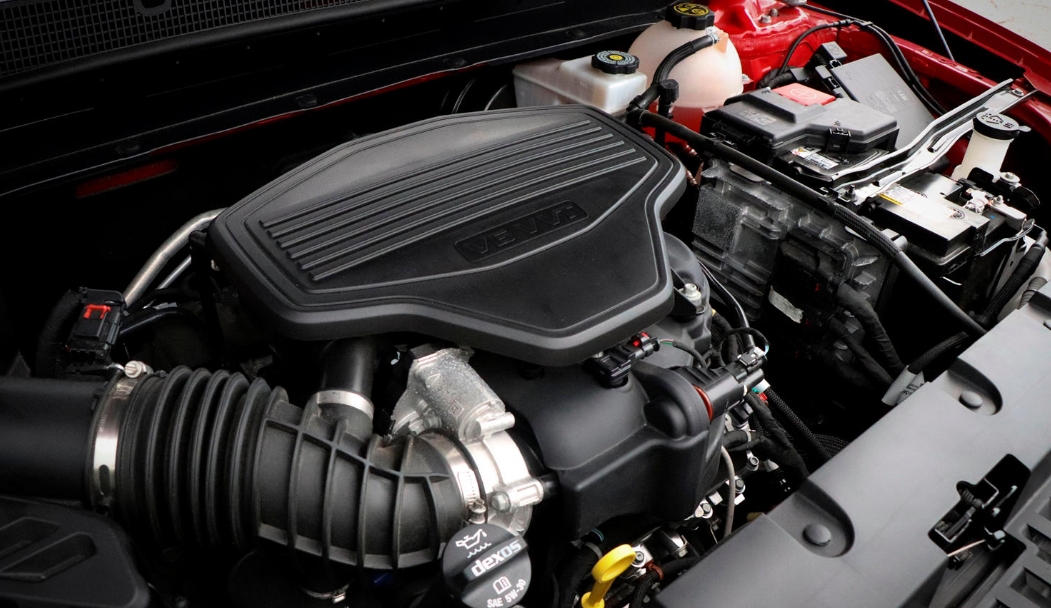
The AWD runs primarily in front-wheel drive but transfers power to the rear as needed for more traction. The upper trims get a more sophisticated system that can also transfer power between the left and right rear wheels as required. The system is selectable, and you can leave it in front-wheel for better fuel economy if you prefer, although I’m more inclined to leave it on and let the system figure it out should I hit a wet or slippery patch and need more traction.
New 2026 Chevrolet Blazer Fuel Economy
The Blazer with 3.6V and AWD is rated by Natural Resources Canada (NRCan) at 12.6 L/100 km in the city, 9.2 on the highway, and 11.0 in combined driving. In my week with it, in cold weather, I averaged 12.9 L/100 km.
Should you opt for the four-cylinder, it’s rated at a combined 9.9 L/100 km in AWD. The Blazer isn’t an exceptional fuel-saver, but it’s about average with its peers. The Ford Edge rates a combined 10.1 L/100 km with its 2.0L engine, and 11.2 with a 2.7L, while the Honda Pilot’s 3.5L V6 is 11.0 L/100 km. The Hyundai Santa Fe rates as low as 9.9 L/100 km with its conventional gasoline engines, but is also available as a hybrid and a plug-in hybrid. New 2026 Chevrolet Blazer Redesign
New 2026 Chevrolet Blazer Safety Features
The Blazer gets a top five-star crash rating from the United States National Highway Traffic Institute (NHTSA). It also gets the top “Good” crash rating from the Insurance Institute for Highway Safety (IIHS), but misses being a Top Safety Pick because of its headlight performance.
The base LT trim includes emergency front braking with pedestrian detection, lane-keep assist, a rear-seat reminder, and OnStar connected services, along with the rearview camera that’s mandatory on all new vehicles. Blind-spot monitoring with rear cross-traffic alert is optional on the LT, as part of the LT Plus Package for $1,595, but is standard on all other trims. New 2026 Chevrolet Blazer Redesign
New 2026 Chevrolet Blazer Price and Release Date
The Blazer starts at $39,398 in its single FWD trim level, including freight, and at $42,298 in AWD, running up to $49,498 before options. The upper trims can feel pricey, but overall, the Blazer is pretty much in line with some of its competition. All with all-wheel drive, the Hyundai Sante Fe runs between $35,964 and $49,854; the Ford Edge between $39,774 and $52,844; and the Honda Passport trims range from $47,270 to $53,870, all with freight charges included.
The Chevrolet Blazer doesn’t generate quite the same sales numbers as its Equinox and Traverse siblings, but it’s worthy of a look. It’s smaller inside than some of its competition, but if you don’t need the extra space, it has a lot going for it, including driving performance that really stands out in the segment. It’s definitely worth a test-drive. New 2026 Chevrolet Blazer Redesign
